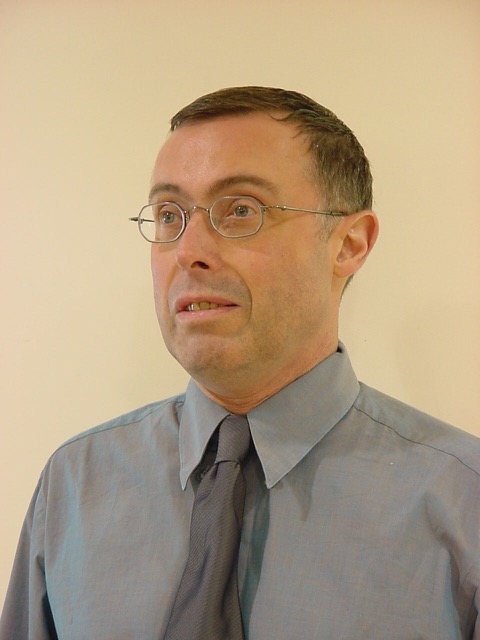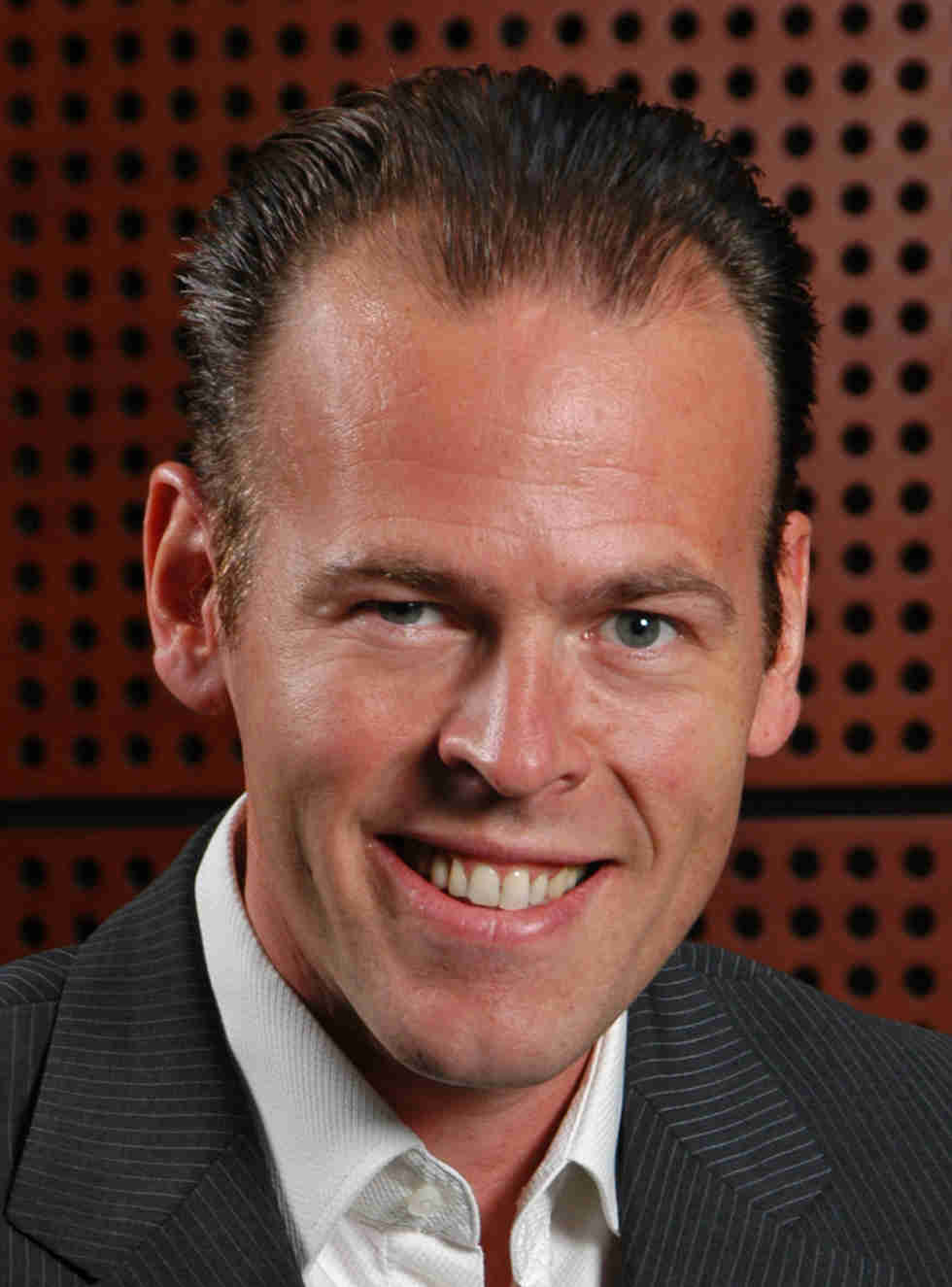Keynotes
WICSA | CompArch 2015 is pleased to present these keynotes, on Tuesday Wednesday and Thursday:
Len Bass, Designing for Deployment
Stephen J Mellor, Industrial Internet Consortium Reference Architecture
Jan Bosch, From Opinions to Facts: Building Products Customers Actually Use
Designing for Deployment
Tuesday, 9:20–10:30, room A-1600
Modern computing practices involve daily deployments or even multiple deployments per day. This means that many of the standard release planning practices cannot be used since they are time consuming. Instead, micro service architecture and feature flags are used to build into the architecture many of the decisions made during release planning.
In this talk, I will describe the micro service architectural style and feature flags and explain how these architectural constructs allow different development teams to deploy independently without the necessity for explicit, time consuming, coordination. Multiple deployments of a system also introduce different possibilities for logical inconsistencies and I will explain these and describe how to avoid them.
About the speaker

Len Bass is a Senior Principal Researcher at National ICT Australia Ltd. (NICTA). He joined NICTA in 2011 after 25 years at the Software Engineering Institute (SEI) at Carnegie Mellon University. He is a coauthor of the forthcoming book DevOps: A Software Architect’s Perspective as well as two award-winning books on software architecture, including Software Architecture in Practice, 3rd edition and Documenting Software Architectures: Views and Beyond, 2nd edition. He has also written several other books and numerous papers in computer science and software engineering on a wide range of topics. Len has more than 50 years’ experience in software development and research including papers in operating systems, database management systems, user interface software, software architecture, product line systems, and computer operations. He has worked or consulted in multiple domains including scientific analysis, embedded systems, and information systems.
Industrial Internet Consortium Reference Architecture
Wednesday, 9:15–10:30, room A-1600
The Industrial Internet is “an internet of things, machines, computers and people enabling intelligent industrial operations using advanced data analytics for transformational business outcomes,” and the Industrial Internet Consortium is devoted making the Industrial Internet a reality.
Architecture is key factor in an industrial internet system and because of its scope – from chips on devices, to connectivity, data management and analytics, intelligent control and orchestration, through to the application – it is a challenge to build a single system, let alone suites of systems that can interoperate easily.
A reference architecture addresses this problem by providing common and consistent definitions in the system of interest, its decompositions, and design patterns, and provides a common vocabulary to discuss the specification of implementations so that options may be compared.
This keynote will outline the major components of the Industrial Internet Consortium Reference Architecture and briefly compare it to other work in the area. It will also outline ways in which industry and academia can contribute.
About the speaker

Stephen J Mellor is CTO of the Industrial Internet Consortium and an independent teacher and consultant focussed on methods for the construction of real-time and embedded systems. He is the author of Structured Development for Real-Time Systems (way back in 1985), Object Lifecycles, Executable UML, and MDA Distilled. He is also (perhaps surprisingly) a signatory to the Agile Manifesto.
He was Chief Scientist of the Embedded Software Division at Mentor Graphics Corp and founder and some-time president of Project Technology, Inc., before its acquisition. He has participated in multiple UML/modeling related activities at the Object Management Group, and was a member of the OMG’s Architecture Board, which is the final technical gateway for all OMG standards. He is presently CTO of the Industrial Internet Consortium.
Mr Mellor was also the Chairman of the Advisory Board to IEEE Software for ten years and a two-time Guest Editor of the magazine, most recently for an issue on Model-Driven Development. He is also adjunct professor at the Australian National University in Canberra, ACT, Australia.
From Opinions to Facts: Building Products Customers Actually Use
Thursday 9:15–10:30, room A-1600
Research shows that for a typical system, more than half of all the features are never used. This is a colossal waste of R&D effort and is caused by companies asking customers and users what they want. Users don’t know what they want and it’s the engineer’s job to find this out. Answering this question requires a systematic approach to exploring a broad set of hypotheses about functionality that might add value for users at different stages of development. The talk introduces the notion of Innovation Experiment Systems as a systematic method for optimising the user experience of existing features, developing new features as well as developing new products. The method uses different techniques dependent on the stage of development, including pre-development, development and commercial deployment. In each stage, frequent customer involvement, both active and passive, is used to constantly establish and improve the user experience. The method is based on data from eight industrial cases and stresses the importance of speed and rapid iterations in development. The talk uses numerous examples from industry which are used to illustrate the concepts.
About the speaker

Jan Bosch is professor of software engineering and director of the Software Center at Chalmers University Technology in Gothenburg, Sweden. Earlier, he worked as Vice President Engineering Process at Intuit Inc. where he also lead Intuit’s Open Innovation efforts and headed the central mobile technologies team. Before Intuit, he was head of the Software and Application Technologies Laboratory at Nokia Research Center, Finland. Prior to joining Nokia, he headed the software engineering research group at the University of Groningen, The Netherlands, where he holds a professorship in software engineering. He received a MSc degree from the University of Twente, The Netherlands, and a PhD degree from Lund University, Sweden. His research activities include open innovation, innovation experiment systems, compositional software engineering, software ecosystems, software architecture, software product families and software variability management. He is author of the book, Design and Use of Software Architectures: Adopting and Evolving a Product Line Approach, published by Pearson Education (Addison-Wesley & ACM Press), editor of several books and volumes and author of a significant number of research articles. He is editor for Journal of Systems and Software as well as Science of Computer Programming, chaired several conferences as general and program chair, served on many program committees and organized numerous workshops.
In the startup space, Jan is chairman of the board of Fidesmo in Stockholm, and Remente, in Gothenburg, Sweden. He serves on the advisory board of Assia Inc. in Redwood City, CA. Jan also runs a consulting firm, Boschonian AB, that offers its clients support around R&D and innovation management. More information about his background can be found at his website: http://www.janbosch.com.
